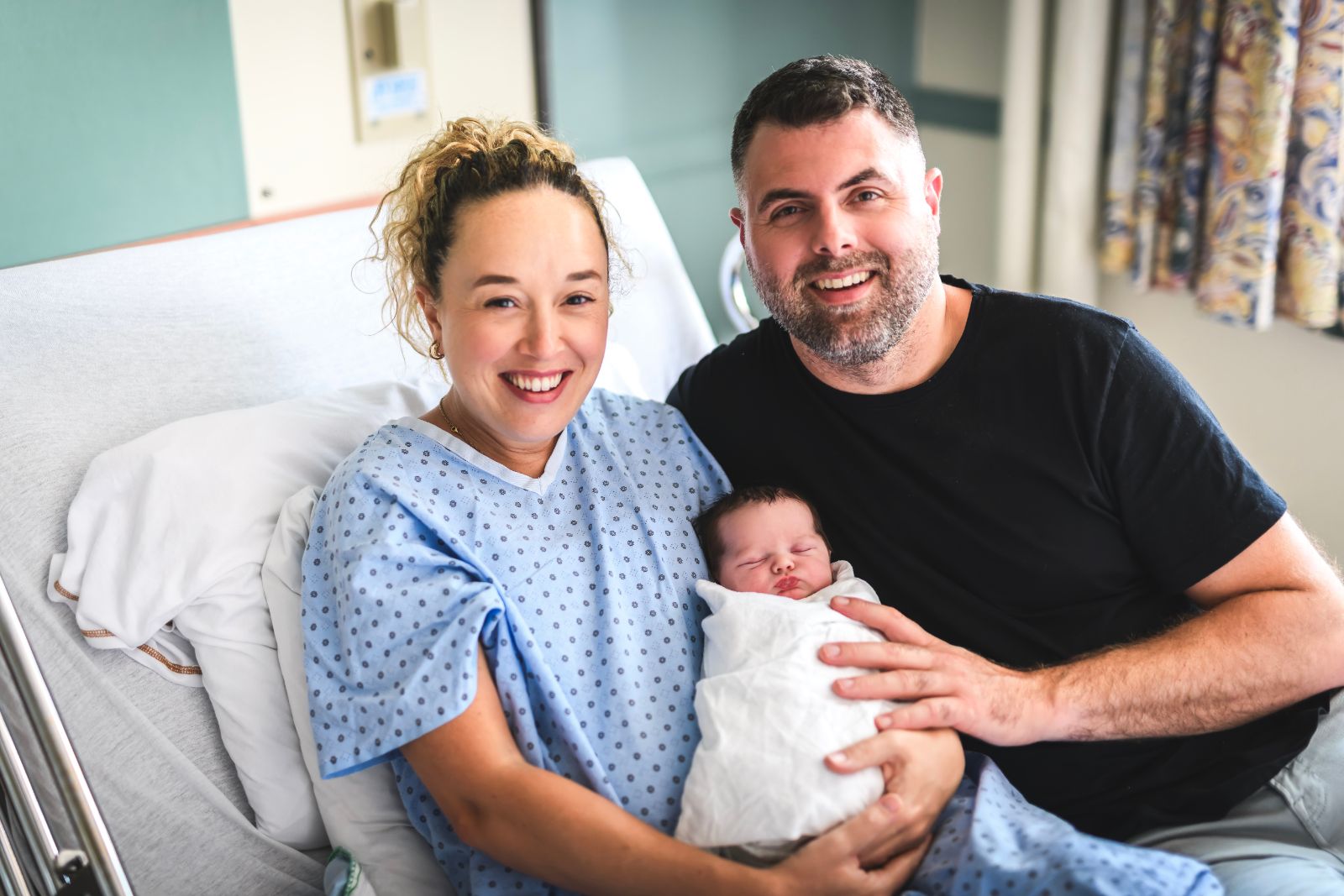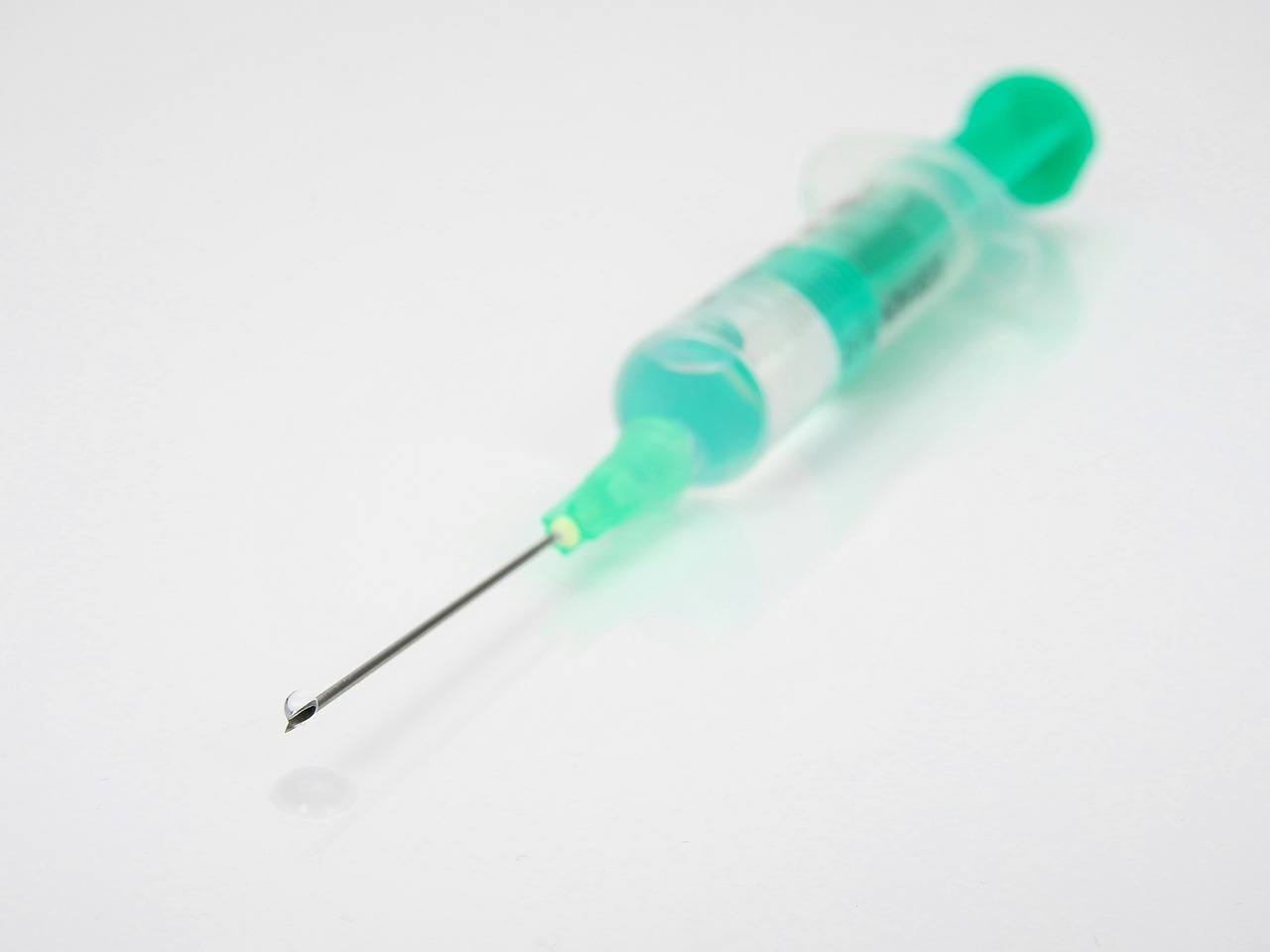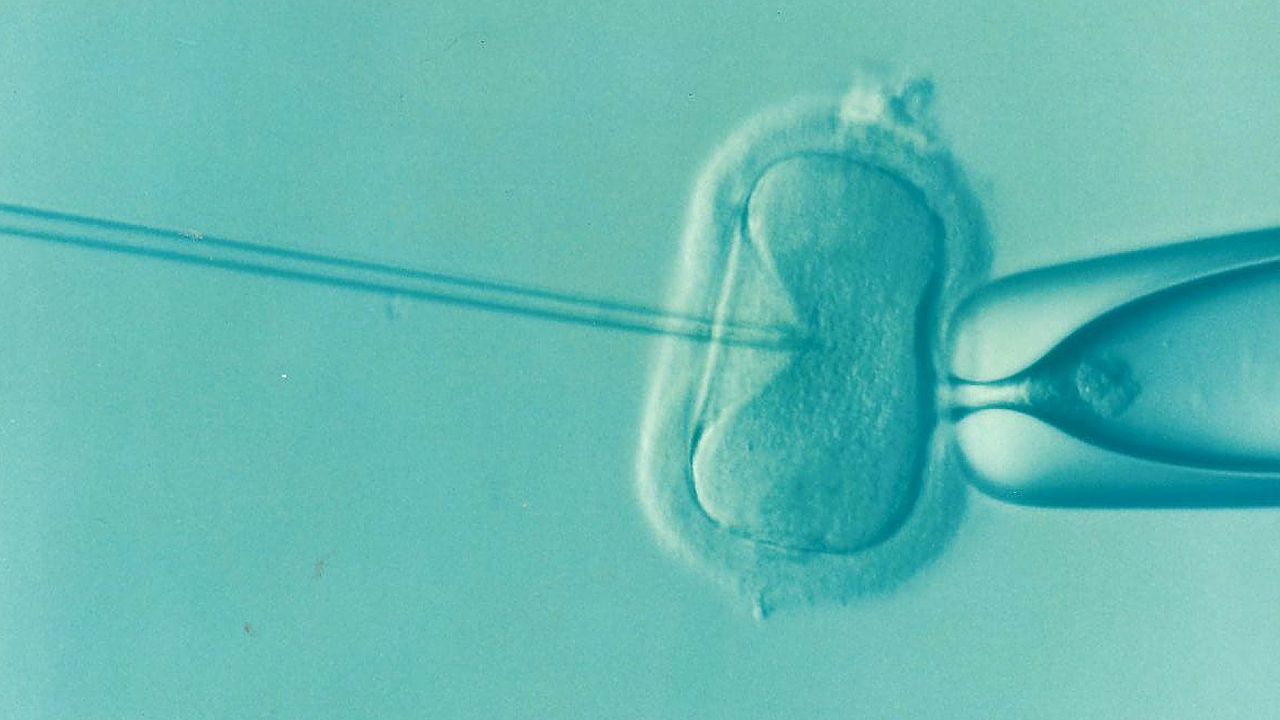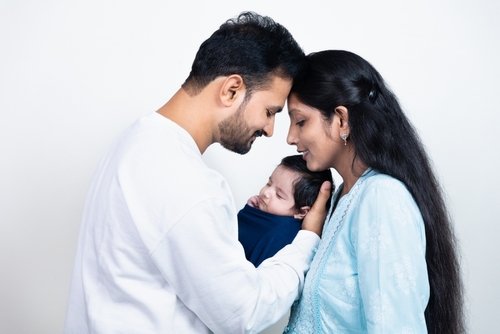After Fertility Testing: Personalized Treatment Plans
Once you have completed your round of fertility tests, the hope is that your results will shed some light on the cause of infertility as well as the sequence in which your fertility treatment plan should commence. Your specific situation will help cater a fertility treatment individualized to your needs and goals.
Let’s be clear, our primary goal is to help you conceive one healthy baby at a time.
There are Three Levels of Fertility Treatment
Currently, there are three levels of fertility treatment, and each one has its advantages and disadvantages. Although there are many variations and options at each level, the different treatment options can be summarized into these three:
- Fertility Pills
- Fertility Injections
- In Vitro Fertilization (IVF)
Determining the best treatment(s) for you depends on your diagnosis, your age, your fertility goals and your budget. The costs go up with each level of treatment, and often it takes more than a single cycle of each treatment level in order to get pregnant. Some couples have success on their first attempt.
Here is an overview of the three different levels of fertility treatment.

Fertility Pills
To understand how fertility pills work, it’s important to know a little more about how the female body works. When ovulation is working correctly, the pituitary gland starts by releasing FSH (follicle stimulating hormone), which we can think of as egg stimulating hormone because FSH stimulates your ovaries to grow a mature egg.
Once the egg is mature then the pituitary sends a different signal to trigger ovulation, called lutienizing hormone (LH). Over the counter ovulation predictor kits (OPK) test for an LH surge in the urine, which signifies peak fertility.

There are three different types of fertility pills:
- Clomiphene citrate (Clomid)
- Letrozole (Femara)
- Tamoxifen
One thing that can signal the production and release of FSH is a low estrogen level. All three fertility pills work in virtually the same way; they “trick your brain” into thinking you are out of estrogen and the brain responds by releasing more FSH. Once the egg is mature, your brain triggers (or should trigger) the release of an egg with an LH surge.
You begin taking the pill for five days immediately after your period starts, typically on Cycle Days 3 through 7.
Patients can use a home ovulation predictor kit to verify when they ovulate and time intercourse accordingly. Your most fertile days will be the day that the OPK turns positive and the next two days. Some sperm will need help with intrauterine insemination (IUI). If you go the IUI route, you and your partner will return to the clinic when you’ve ovulated so a sperm sample can be taken, and isolated sperm can be transferred right into your uterus.
Fertility Injections (Controlled Ovarian Hyperstimulation)
If fertility pills don’t work, you may move up the treatment line to fertility injections. Remember that with the pills, we tricked your brain into thinking estrogen levels were low, which triggered the pituitary gland to produce and release FSH. With the injectable fertility drugs (gonadotropins, with brand names of Follistim, Gonal-f, Menopur and Bravelle), we take the brain out of the equation altogether and administer the FSH directly into your system via hormone injections.
As a result, your body is exposed to more FSH than it ever would be on its own in a single month, and this causes the release of multiple eggs at a time. For this reason, fertility injections are also referred to as Controlled Ovarian Hyperstimulation (COH) or superovulation. As you can imagine, this is a slightly more intense process so we monitor patients more closely than when they are taking fertility pills.
Typically, the goal of COH is to produce two eggs, and sometimes more for older women. We do this using controlled doses of FSH, to prevent too many eggs from being released. However, it’s impossible to gain complete control over egg production, so there is no way to absolutely predict the number of eggs that will be release. Thus, multiple fertilized embryos are a potential risk (more on that below).
The shots are self-administered for 10 days, typically Days 2 through 11 of your menstrual cycle. Throughout this time, you will return to the clinic frequently so we can monitor your progress via ultrasound. These images allow us to see how your follicles are progressing, optimally trigger ovulation and to get an idea of how many follicles (eggs) will be released. We also perform estradiol blood draws to measure your estrogen levels and modify the dose of the FSH injections.
Note: These are the exact same injections you will receive if you opt for IVF fertility treatments. The only difference is that with IVF, we increase the gonadotropin dose to encourage significantly more eggs to be released. Rather than using IUI to conceive, we manually retrieve the eggs, use them to create your embryos and IVF also allows us to limit the number of embryos that reach the uterus.

And Finally, In Vitro Fertilization
So now you’ve learned The Fertility Basics when it comes to maximizing your chances of getting pregnant at home, fertility testing and fertility treatments. Now, it’s time to embark further into the nitty-gritty of each of these subjects.
















